For much of the 20th century, many employees who spent decades working for one company typically received a pension plan. According to the Center for Retirement Research at Boston College, 88 percent of all private-sector employees in 1975 had a pension.1 With the confidence of knowing their retirement would be covered by pension and Social Security benefits, perhaps they even saved little — but it would not have been all that necessary to learn how to invest.
Today, the number of private-sector employees with pensions has plummeted to 33 percent.2 This means that baby boomers (those born between 1946 and 19643) are the first generation of retirees to rely on defined contribution plans, such as 401(k) and 403(b) plans. In fact, many boomers don’t have the luxury of perhaps just saving a little; they have to save a lot.
In addition, many boomers have to learn about different types of investments, which can be daunting. In fact, the Financial Industry Regulatory Authority (FINRA) lists 12 broad types, each of which has its own subsets.4 That’s a pretty big responsibility to take on.
Here’s an idea of where we stand:5
- 44% of baby boomers have no work-sponsored retirement plans
- 43% have defined contribution plans
- 13% have defined benefit (pension) plans
- 44% of baby boomers have no work-sponsored retirement plans
- 43% have defined contribution plans
- 13% have defined benefit (pension) plans
Bear in mind that back in the days when many employees could count on a pension plan, those assets were managed by professional money managers. These days, some company 401(k) plans include a “self-directed” option, which lets you decide how to invest your contributions yourself.6 We hasten to remind you that investing can be complex, and creating a financial strategy for retirement has been complicated by the fact that people are living more years in retirement than ever before. If you could use some advice to help manage your investment portfolio — including self-directed accounts — or to create a financial strategy, please give us a call.
In fact, outside investment advice in the defined contribution space is becoming more prevalent. A recent report by the Spectrem Group found that 73 percent of employer-plan participants use an outside advisor, such as a mutual fund company representative or an independent financial planner, to assist them with investing assets that are outside their plan. However, they do not necessarily consult with an outside advisor for their entire investment portfolio.7
Keep in mind that preparing for retirement involves much more than just accumulating assets. This preparation includes deciding on a Social Security claiming strategy; navigating defined contribution plan rollovers; considering tax consequences; and mulling possible part-time work during retirement. And we must do this while pursuing social and intellectual engagement opportunities so we can stay healthy and cognitively fit during our long retirement.8
It’s a lot to think about. The earlier we get started on our full-scale retirement plans, the better.
1 John Waggoner. InvestmentNews. Dec. 2, 2017. “Younger baby boomers face hurdles as they approach retirement.” http://www.investmentnews.com/article/20171202/FREE/171209994/younger-baby-boomers-face-hurdles-as-they-approach-retirement. Accessed Jan. 16, 2018.
2 Ibid.
3 The Pew Charitable Trusts. Feb. 15, 2017. “Retirement Plan Access and Participation Across Generations.” http://www.pewtrusts.org/en/research-and-analysis/issue-briefs/2017/02/retirement-plan-access-and-participation-across-generations. Accessed Jan. 24, 2018.
4 FINRA. “Types of Investments.” http://www.finra.org/investors/types-investments. Accessed Jan. 16, 2018.
5 The Pew Charitable Trusts. Feb. 15, 2017. “Retirement Plan Access and Participation Across Generations.” http://www.pewtrusts.org/en/research-and-analysis/issue-briefs/2017/02/retirement-plan-access-and-participation-across-generations. Accessed Jan. 24, 2018.
6 Amelia Josephson. SmartAsset. March 22, 2017. “What Is a Self-Directed 401(k)?” https://smartasset.com/retirement/what-is-a-self-directed-401k. Accessed Jan. 24, 2018.
7 Spectrem Group. 2017. “How Plan Participants Use Advisors.” https://spectrem.com/Content/how-dc-plan-participants-use-advisors.aspx. Accessed Jan. 16, 2018.
8 Emily Brandon. U.S. News & World Report. Jan. 16, 2018. “How to Retire in 2018.” https://money.usnews.com/money/retirement/baby-boomers/articles/how-to-retire. Accessed Jan. 16, 2018.
Content prepared by Kara Stefan Communications
The hypothetical example provided is for illustrative purposes only; it does not represent a real-life scenario, and should not be construed as advice designed to meet the particular needs of an individual’s situation. We are able to provide you with information but not guidance or advice related to Social Security benefits. Our firm is not affiliated with the U.S. government or any governmental agency. Insurance and annuity product guarantees are backed by the financial strength and claims-paying ability of the issuing insurance company. Annuities are insurance products that may be subject to fees, surrender charges and holding periods which vary by company. Annuities are not a deposit of nor are they insured by any bank, the FDIC, NCUA, or by any federal government agency. Annuities are designed for retirement or other long-term needs. This material is intended to provide general information to help you understand basic financial planning strategies and should not be construed as financial advice. All investments are subject to risk including the potential loss of principal. No investment strategy can guarantee a profit or protect against loss in periods of declining values. The information contained in this material is believed to be reliable, but accuracy and completeness cannot be guaranteed; it is not intended to be used as the sole basis for financial decisions. If you are unable to access any of the news articles and sources through the links provided in this text, please contact us to request a copy of the desired reference.

